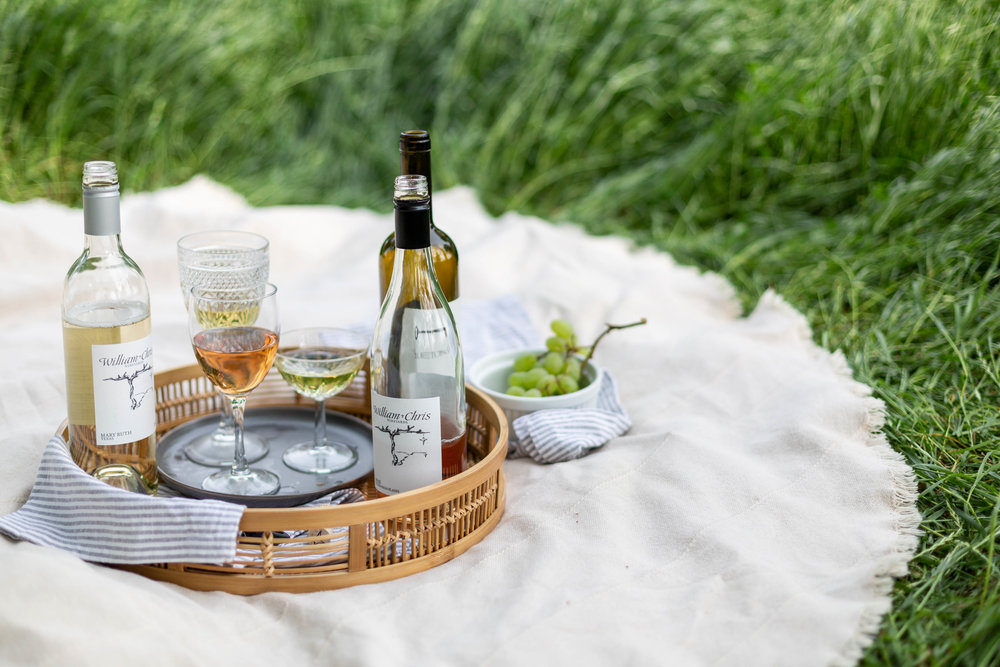Any wine enthusiast will tell you that tasting even as many drinks as possible is the greatest way to learn about it. It’s a culture where individuals usually keep wine or liquor and food for a big celebration. They choose a wine lifestyle in their life as a normal daily routine. Wine enhances happiness in a celebration. And we also know that one should know everything. So it is good to know about wine, like how to keep it, in what environment, what snacks you can take with it or some more things. Firstly, let’s learn about some wines and how to store those wines.

Bourgogne Pinot Noir
Visit Burgundy to define your drink’s notion of wines. This Bourgogne Pinot Noir demonstrates how this type can deliver strength while being light and elegant when carefully farmed in the softly inclined vines of the French area.
Bordeaux
It would help if you didn’t overlook Bordeaux, one of the world’s most renowned wine areas. Several Bordeaux wines are mixed with Cabernet or Merlot as the base. Despite the region’s reputation, the tobacco-scented Château Sociando-Mallet is a fine example of a superb wine without costing a fortune. If you drink that and that Phelps simultaneously, start with the Bordeaux.
Barolo
Including a jug of Barolo, frequently known as “the wine of kings” and produced in the Highlands area of northern Italy. It is also one of the best wines anyone can take with his meal or serve at a party celebration.
Now, it’s time to see how to keep the wine fresh and tastier.
How to keep wine
The best place to keep your wine depends on various elements, including weather, moisture, sunshine, and bottle placement. The optimal storage environment is persistently chilly, dark, damp, and undisturbed. A higher relative moisture content helps prevent the lids from shrinking & opening up, which would otherwise cause the alcohol to oxidize. Approximately 65 and 75 percent is the recommended humidity level. The main thing in a wine lifestyle is to preserve your wine out of the sunlight.
Alcohol oxidizes and loses its smell, taste, and color when exposed to air. The lid will remain in continuous touch with the drink if you store a bottle of wine all over its back. It would retain the cover moisturized, preventing that from shrinking and letting oxygen, the insurgent of drink, penetrate the wine. and

How to taste wine and people are afraid to taste wine because they don’t know what to stare at whenever they’re handed a glass. A big part of wine tasting involves reasoning and observing what is offered to them. The drink in the jug should be examined first. Check for color richness, radiance, and messiness. After that, give the pinot in the jar a gentle stir to let the air in. Such exposure enables the wine to mature by releasing more flavors. That’s not a great idea to store the drink in a fridge since the glass rarely remains “still,” and the continuous motion unsettles it and keeps the sediment from resting in the case of red wine.
Next, take a little drink and swish the wine. You can additionally release its fragrance by taking a breath. Feel the richness of the alcohol as it makes its way to your mouth. The flavor will remain on your palate once you drink. Look to evaluate the drink’s texture, acidity, and fragrance strength. Next, make an effort to name particular tastes. This might be something about cherries to butterscotch. The harmony of these aromas is also crucial.
How to select wine
Whenever choosing wine, the average customer considers the price. We take great delight in making top-notch wine at competitive prices. The wine choice and the event follow the selection process when you know how much one is ready to pay for a drink. Personal taste is all concerning whatever individuals like. Always choose the kind of affordable wine that matches your taste. After this, you can enjoy it with your drink without any stress.
Food and wine combination
Some of the several standards to follow when presenting wine with snacks, but like with all regulations in the cuisines, they are meant to be ignored. It’s important to explore, and the greatest approach to improve your matching abilities would be to try as many different mixtures as possible while still following your tastes and expertise. Not overshadowing the main wine or food was among the best rules. Be cautious not to overwhelm a great wine lifestyle, specifically a classic, with a dish that would be too complicated.
Among the most crucial things to take into account is a combination. Rich, complex meals with intense flavors ought to be paired with big, flavorful, and strong wine, whereas a moderate, hardly rich meal, such as white salmon, will be the finest accompanied by a gentle pinot. Highly delectable foods like peppered mackerel, spice, and sweets are famously challenging to match with the drink. In that case, please focus on the drinks’ formation rather than their taste and choose based on how they pair.


